An invisible war in basements: why are there almost no mice in cities, but plenty of rats? (7 photos)
Mice are more agile than rats, more fertile, and develop faster, while eating roughly the same diet. But for some reason, in cities, they lose out to brown rats and don't even have a chance to challenge their dominance. Something doesn't add up here, don't you think? Let's figure it out! 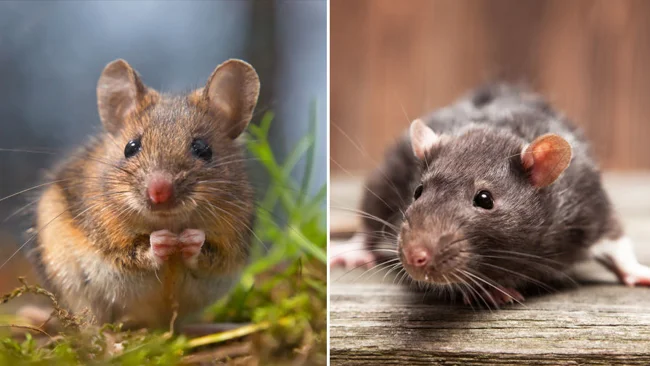
A mouse and a rat. So similar in appearance, but radically different in essence!
The urban environment is a unique biome, unlike any natural ecosystem, so all the animals living here have to adapt from scratch. But some need to adapt less than others. In the wild, brown rats live in dirty, damp burrows near rivers and swamps, so moving into the sewers and basements of city buildings hasn't changed much for them. Mice, on the other hand, are natives of meadows and steppes. They thrive in village houses and farm buildings, but cities are a rather unwelcoming place for them. 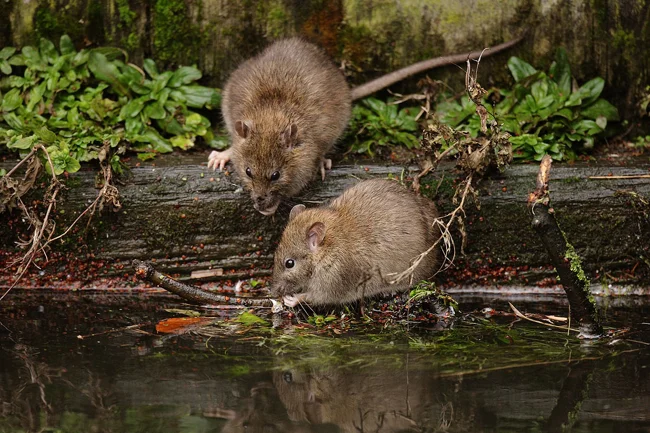
This is what a normal rat habitat looks like. Damp, dirt, and rotting wood. 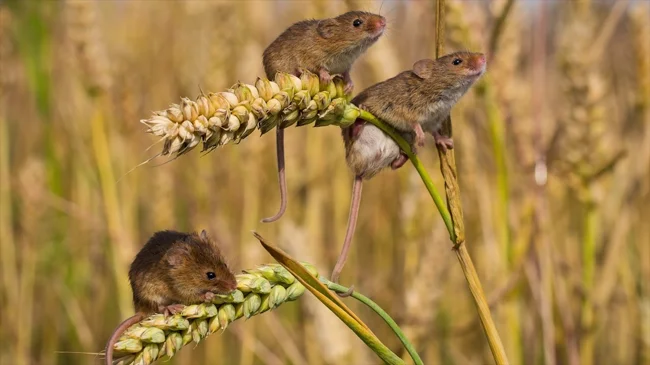
And this is the mice's habitat. Cereals and tall grass are their usual companions.
The second reason for rats' superiority is the difference in diet. Although mice can feed on cockroaches and wallpaper paste, they vitally need grain and roots for normal development, which are not so easy to obtain in urban areas. Norway rats, on the other hand, are true opportunists. Even before moving to the city, they ate everything they could get their hands on, including carrion, so they are no strangers to feasting on garbage dumps. 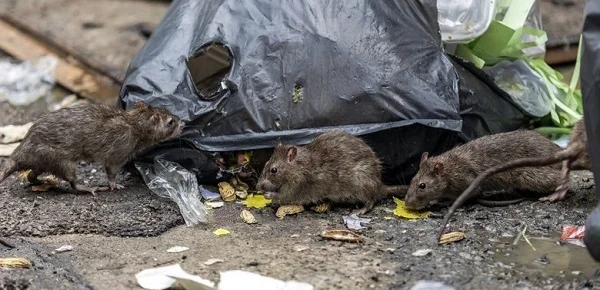
Come on, hurry!
But when given the opportunity, brown rats immediately switch to feeding on animal food. For example, mice. Upon discovering a mouse family in their territory, the bandit rats immediately declare a hunt for them, as the mice are unable to offer even token resistance. And rats are even better at this than cats, as mice are unable to hide from their pursuers. To avoid human attention, rats and mice use the same tricks. So, sooner or later, the mice find themselves in a situation where they must either flee from the rat army or die at the hands of their incisors. 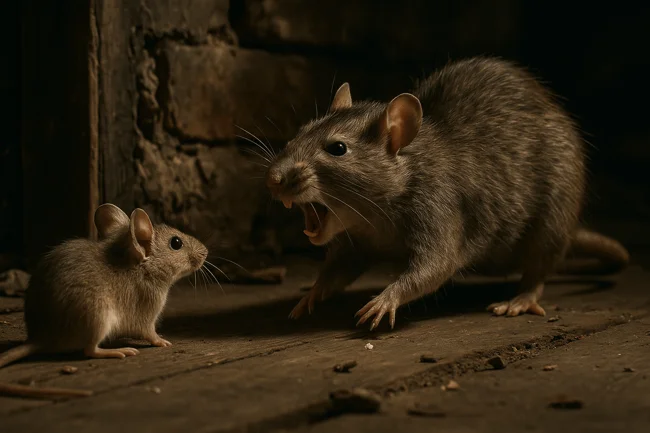
Rodents are just rodents, only the housing crisis has spoiled them... 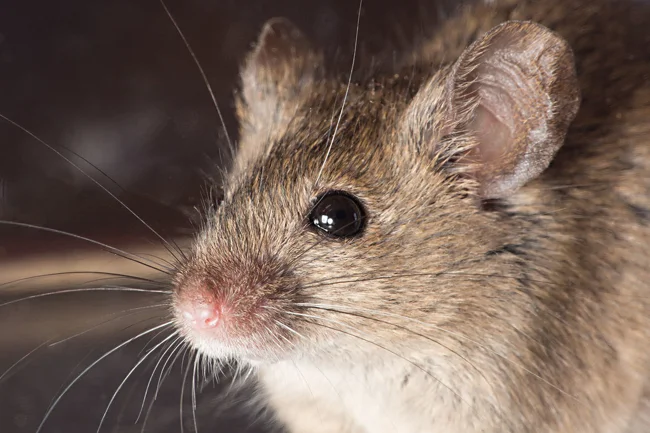
To escape rats, mice resort to extremely unconventional methods. For example, they detect them by pheromones that evaporate from rat tears!
And yet, rats will never completely drive mice out of cities. After being driven out of basements, rodents settle in parks, squares, and suburbs, where they gain an advantage over rats. They are capable of spreading across green spaces even without human assistance: a mouse can run up to a kilometer in a single night through hostile urban areas. There, they wait for the opportune moment to occupy the territories cleared of rats. 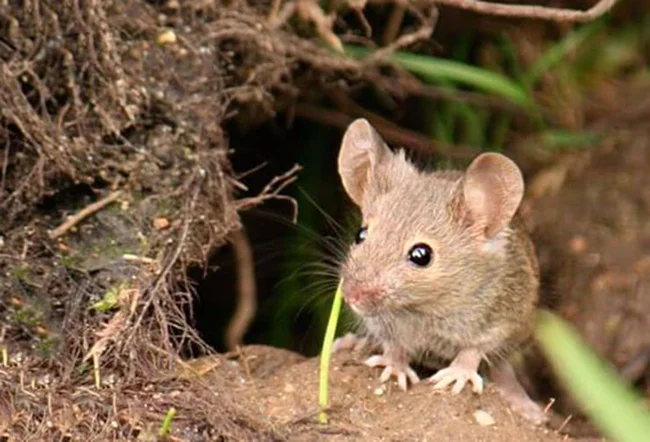
Our time will come!
The final word in this confrontation has not yet been spoken. Mice are subject to very rigorous selection, and their genetic diversity is only growing. Perhaps, in decades, they will find a way to drive rats out of food-rich areas!






















